WASHINGTON (HUNS) — As college students, we make several important choices in our lives, whether it be what we wear, who we hang out with and ultimately what careers we pursue. Just assignificant is what we choose to drive.
Although the majority of students aren’t buying cars, eventually they will be in the market for a new vehicle. However, the problem arises in finding the perfect car suited to their needs and lifestyles.
To pinpoint what kind of car they’re looking for, we conducted an informal survey to gather information on the cars students may own or have been recommended to buy, what vehicle type they like most, the price they are willing to pay for their next car and additional features they value.
The results indicate that most students are looking for a used sedan that’s affordable, reliable, gets good gas mileage, has safety features and costs below $20,000.
“In terms of buying cars, we’re looking for something affordable that can get us from point A to point B with no issues,” said Deeja Gray, a senior visual communications student at Bowie State University.
Based on these findings, the cars that best match these criteria are the Nissan Sentra, Toyota Corolla and Honda Civic. These popular compact sedans are similar in size and price range, and have been lauded for their reliability, comfort and efficient gas mileage.
At first glance, the differences may seem minimal. All three are front-wheel-drive and powered by 2.0-liter inline-four engines paired with continuously variable transmissions (CVT), which are more fuel efficient than the standard automatic transmission.
They also include safety features such as lane-keeping assist, blind-spot monitoring and forward-collision warning. Additionally, they all average an EPA-estimated 31 miles per gallon.
Despite this, each vehicle offers a different driving experience that showcases their individuality. So, which car is the best?
Nissan Sentra

Let’s start with the Sentra, a mainstay within the Nissan lineup since 1982 and the brand’s third best-selling model.
If you were to buy the 2025 Nissan Sentra brand new, you’d discover that it’s the cheapest of the bunch, with a sticker price of $24,850 — delivery fee included.
For comparison, the Corolla costs $2,000 more, and the Civic is the most expensive at $28,000.
Because of this, most pre-owned fully optioned models can fall under the $20,000 price range, making the Sentra a steal for potential buyers.
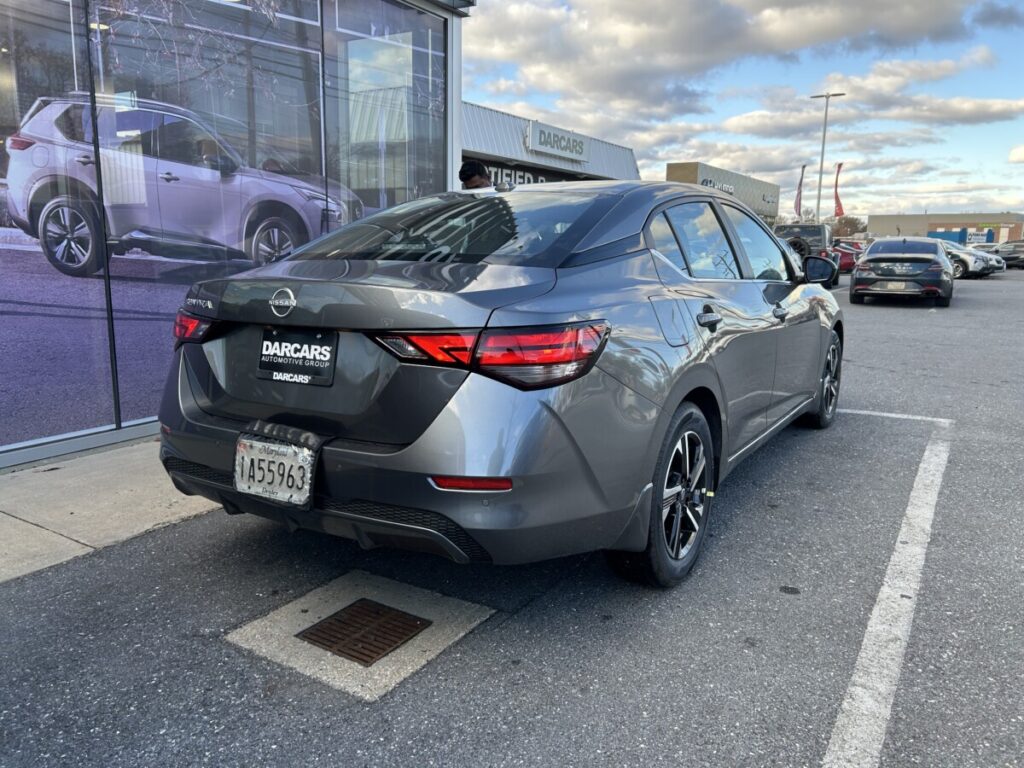
However, affordability doesn’t always warrant the best driving experience, and the Sentra is an example of that.
For one, the driver’s cabin felt very cramped with not a lot of legroom. The ride is smooth, but very noisy due to the CVT constantly revving the engine.
The handling also feels very floaty, which can be tolerable for some when driving a car this light. To others, it elicits a disconnect between the driver and the road.
Overall, the Sentra isn’t a bad car, but doesn’t feel as complete or engaging as its competitors.
Toyota Corolla
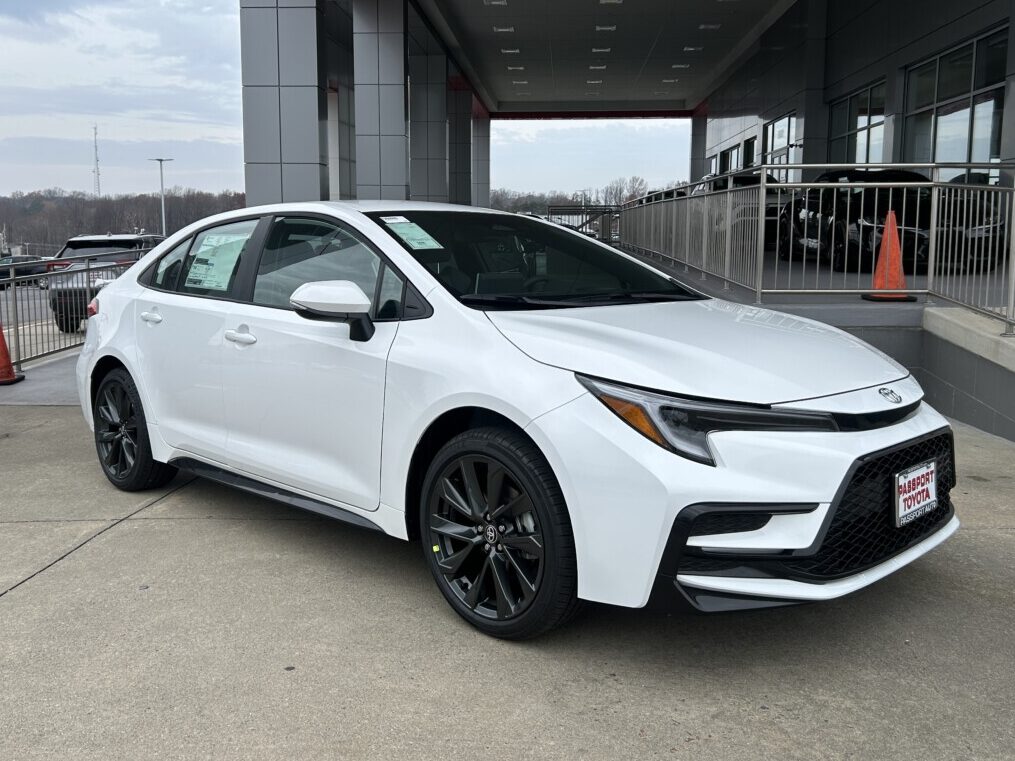
The Toyota Corolla is a car that needs no introduction. With over 50 million units sold worldwide, it surpassed the iconic Volkswagen Beetle in becoming the best-selling vehicle of all time. You know it, you love it and you probably still drive an old one.
Right off the bat, the 2025 Corolla’s legroom is vastly better than the Sentra’s, albeit it still feels small. The handling is also much more responsive, making it more fun to drive than the latter.
Also, this Corolla is quite the looker, with this SE example equipped with a sporty body kit.
The Corolla also offers a more modern interior, including a 10.5-inch touchscreen, and fewer plastic inserts compared to the Sentra.
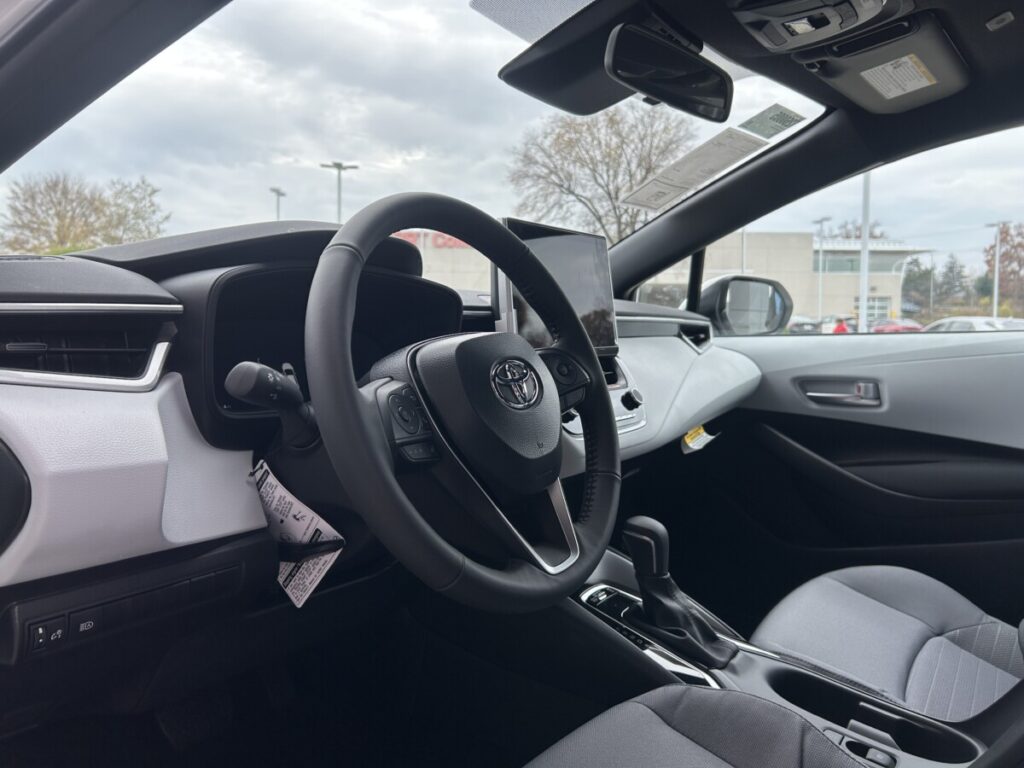
The only issue that may arise for certain drivers may be that the Corolla feels a bit too slow. Of course, none of these cars will hit the drag strip anytime soon, but you can sense a bit of delay when you put your foot on the pedal. It’s not always noticeable, but it can be a bit cumbersome.
Honda Civic
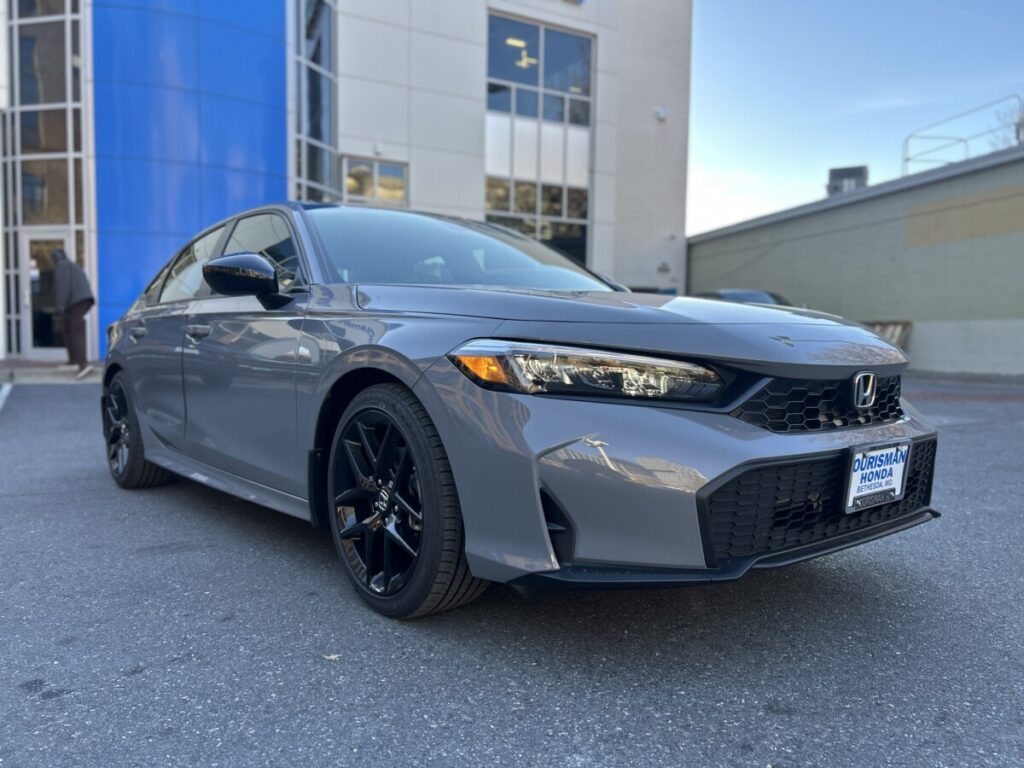
Like the Corolla, the Honda Civic is an automotive icon that’s been praised for decades.
Though the Corolla’s arrival to the United States predates the Civic’s by a few years, the Civic mostly takes the credit for introducing Americans to small fuel-efficient Japanese cars, offering a much-needed alternative to large gas-guzzling domestic models in the aftermath of the 1973 oil crisis.
Forty years and more than 7 million cars sold later, the Civic is still one of the best vehicles available. In its 11th generation, the 2025 Civic offers a range of specifications, from the modest base LX trim to the top-of-the-line track focused performance model, the Type R.
Most used models under the $20,000 price cap will fall under the LX, EX or the as-tested Sport trim.
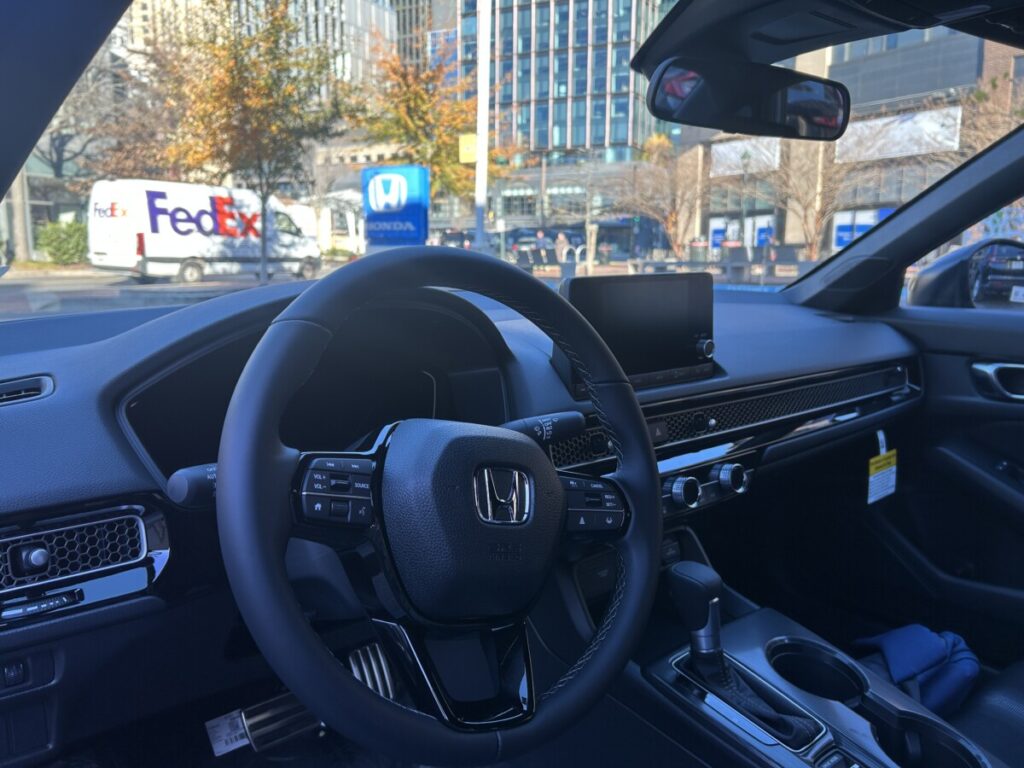
The inside of the 2025 Civic Sport feels the most spacious of the three, and the seats are the most comfortable. While I made some minor adjustments in the other cars to get acclimated, all I had to do in the Civic was sit down and, voila, I was ready to drive.
The Civic is an absolute blast. Not only is it quiet, comfy and responsive, it looks great, handles like a dream and checks all the boxes for college students.
If I had to bring up an issue, it would be the touchscreen display as it was a bit laggy. Also, pricing is much too expensive for what you’re getting. Lower trims, like the Sport, miss out on a standard sunroof and wireless charging.
The Verdict
Ignoring my gripes on the touchscreen and manufacturer’s suggested retail price, the Honda Civic is the best option. The other two compact sedans are great within their own right, but the handling, looks and quietness of the Civic are second to none.
Kevin Vaughn is a reporter for HUNewsService.com. He covers environmental, energy and transportation stories.







